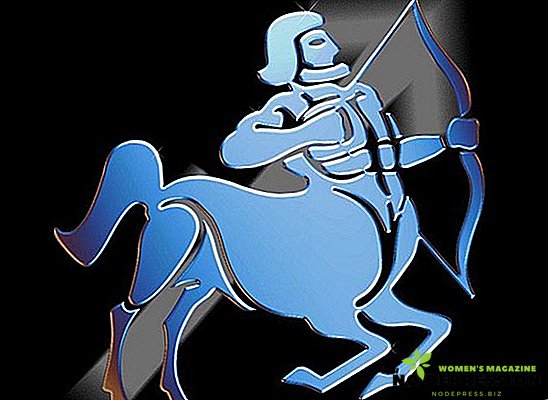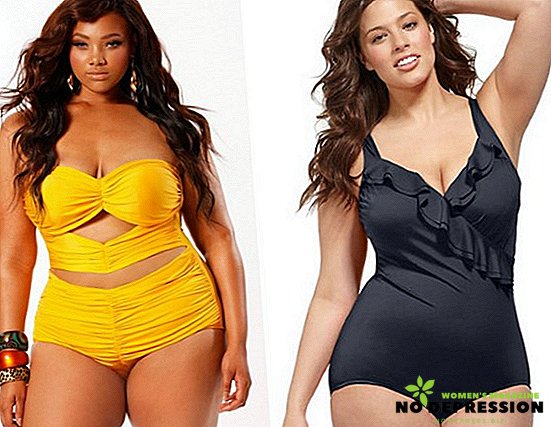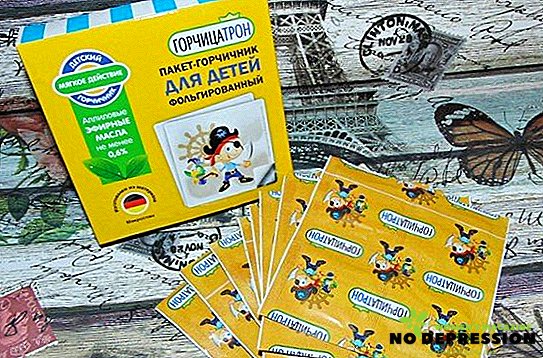In our material we will tell you what blue color means in psychology, how it characterizes a person, how it can affect different aspects of his life.

The origins of the blue color
The symbolism of this color was manifested in ancient times, this color had a special meaning in Egypt - Gods and sacrifices were depicted in shades of blue. This color was also used to create images of queens, pharaohs, to emphasize their high origin.
Maya used this color for sacrifices. All items that were associated with this event were painted with blue paints. Since the Mayans sacrificed even people, they too were painted in this color.
In Christian traditions, blue was also important because it represented great sacraments. But for many Slavic peoples, blue meant grief and sorrow - it was not for nothing that many superstitions often spoke of black or blue devils.
 For many nations it is the color of the sky, eternity, constancy, tranquility. In heraldry, it is used to denote honesty, fame and loyalty. And those who live in the East, believe that this color is able to scare away evil forces, is an important talisman from damage and the evil eye.
For many nations it is the color of the sky, eternity, constancy, tranquility. In heraldry, it is used to denote honesty, fame and loyalty. And those who live in the East, believe that this color is able to scare away evil forces, is an important talisman from damage and the evil eye.
This color has two aspects: positive and negative. In the first case, he personifies spirituality, truth, tranquility. Inspires for feats, helps cleanse.
But there is also a negative: it is a manifestation of weakness, coldness, rancor. Blue can cause depression, alcohol and drug addiction.
Manifestation in psychology: the nature and performance
Let's take a closer look at what it means in psychology.
Character
As a rule, during a certain period a person likes literally several colors that he uses in clothes. Over time, color preferences change. However, the favorite shade can say a lot about the character.
From the point of view of psychology, the love of blue means:
- Confidence, determination, the presence of diplomatic skills to solve a variety of conflict situations.
- The intransigence, the inner core, which is usually inherent in entrepreneurs, those who have an analytical mindset.
- Perfectionism, the tendency to idealize situations, which is usually inherent in writers, people of creative professions.
- Strong-willed qualities, fortitude - usually this is found among politicians.
- Organization, as heavenly tones help to concentrate.
- If we talk about the psychology of relationships, then blue lets talk about stability and loyalty.
In addition, the blue indicates peace. If you like this tone, then the person is most likely modest, melancholic, the opinion of others is very important to him. The choice of blue indicates a desire for stability, especially in periods of fatigue. But if the blue does not like at all, then the person most likely does not accept the routine, monotony, does not want to take responsibility for himself.
Performance
 Despite the fact that the perception of all people is different, scientists still believe that color affects the psychological state of a person. For example, the predominance of any colors in the design of an office space can either improve the efficiency of work or reduce it. When choosing shades you need to take into account some points.
Despite the fact that the perception of all people is different, scientists still believe that color affects the psychological state of a person. For example, the predominance of any colors in the design of an office space can either improve the efficiency of work or reduce it. When choosing shades you need to take into account some points.
If we are talking about a meeting room, it is better to use blue tones for coloring, since they help to establish friendly relations.
Too much blue, on the contrary, leads to a decrease in efficiency.
The presence of any products of this color will slow down the heartbeat, stabilize the pressure, calm the nerves, but if there are any products of blue color in a large amount, a feeling of oppression may appear.
clothing
If you have more clothes of this particular tone in your wardrobe, it means that you are independent, quite smart, but you often feel the need for attention.
A distinctive feature - patience, endurance, restraint. Psychologists are often advised to use such clothes for people who often change their mood.
Cornflower lovers - real dreamers, romantics, who believe in love. Such people want to show themselves to be noticed and appreciated by others. Clothing of such tones helps to feel fresher and is great for the hot season.
Some experts in the field of image creation advise businessmen to use costumes of precisely these shades more often, since they will not only help make your figure more slender, but also characterize you as a reliable partner.
What different shades say
Today, psychology studies the effects of not only the primary color, but also of its shades, since they also affect the person and are often used in various NLP techniques as an additional stimulus. Let's look at the main shades, find out their meaning.
Blue
It is a shade of peace, serenity, dreams, naivety. It calms, personifies purity, but at the same time knocks down concentration, makes a person less attentive.
Indigo
Such a shade can cause depression, apathy. It can cause melancholy, melancholy, in which a person is deeply immersed in their unpleasant states.
Sea wave
This shade allows you to become more confident in yourself, a person feels his own worth. Moreover, the color is very influential on the psyche, because it should be chosen by people who know how to manage emotions. Also, it is chosen by those who want support from others, their own recognition. Helps in achieving goals.
As you can see, color can affect a lot: mood, performance, it is a bright indicator of a person, his character.












